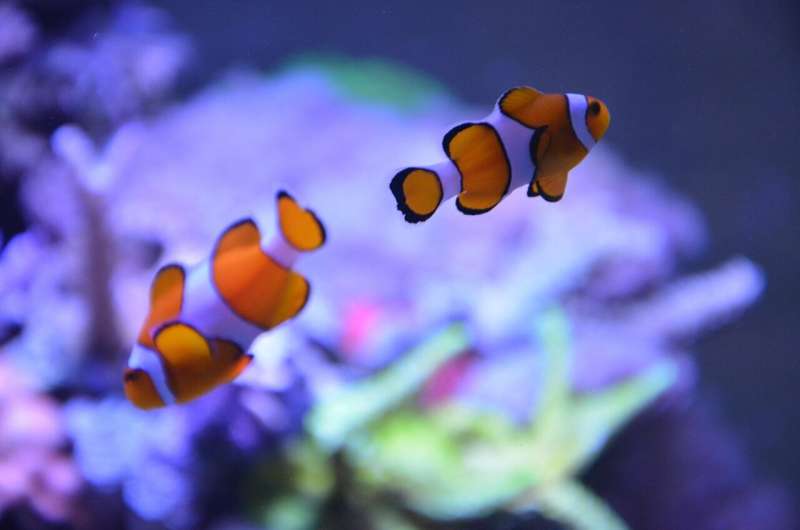This article has been reviewed according to Science X's editorial process and policies. Editors have highlighted the following attributes while ensuring the content's credibility:
fact-checked
trusted source
proofread
How the genetic battle of the sexes plays out in species that can switch sex

A model developed by RIKEN researchers incorporates species that change sex during their life cycles for the first time, promising new insights into genes affecting the reproductive success of males and females differently. The study is published in Proceedings of the Royal Society B: Biological Sciences.
Some genes that boost the reproductive success of females can be detrimental to that of males, and vice versa—a phenomenon dubbed "sexual antagonism." Sometimes such genes can be silenced in individuals of the sex they are detrimental to. However, it may take a long time for these sexually antagonistic genes to be turned off, and so they may remain active in both sexes for generations.
"Researchers have long been interested in how sexual antagonism may maintain genetic variation in populations, and whether variants favoring one sex are systematically preferred," says Thomas Hitchcock of the RIKEN Interdisciplinary Theoretical and Mathematical Sciences.
Most models of sexual antagonism assume a simple life cycle, where individuals produce offspring and then die. Scientists are now adding greater realism to these models by considering factors such as inbreeding and overlap between generations.
Some species, including some fish, plants and crustaceans, have the ability to change sex throughout their life cycles. They are known as sequential hermaphrodites, and individuals can reproduce as both male and female at different ages. Since sexual antagonism may be particularly acute in these species, they could prove useful for testing theories of sexually antagonistic selection.
"Sequential hermaphrodites are interesting to model because they blend problems of age and sex," notes Hitchcock.
Now, Hitchcock and Andy Gardner at the University of St Andrews, U.K., have included sequential hermaphrodites in models of sexual antagonism for the first time.
Their model allows for arbitrary patterns of sex change, including species that change sex from male to female and from female to male. The model also includes species that alternate between male and female reproductive strategies, such as certain corals.
Genetic variants that are beneficial when young may be favored over those that are beneficial when older. In sequential hermaphrodites, a similar pattern would generate a bias toward one sex, and this bias would depend on the direction of sex change.
"Our model shows how different sex-change systems predict distinct consequences for sexual antagonism, and how this varies across different portions of the genome," says Hitchcock.
The pair found that, for species that change from female to male, it is generally easier for female-beneficial genetic variants to increase in frequency in the next generation. The opposite trend holds for species that change from male to female.
However, further research is needed given the complexities of sex change, age and external influences. "This is intriguing, and we're keen to collaborate with others to pursue these investigations," says Hitchcock.
More information: Thomas J. Hitchcock et al, Sexual antagonism in sequential hermaphrodites, Proceedings of the Royal Society B: Biological Sciences (2023). DOI: 10.1098/rspb.2023.2222
Provided by RIKEN





















